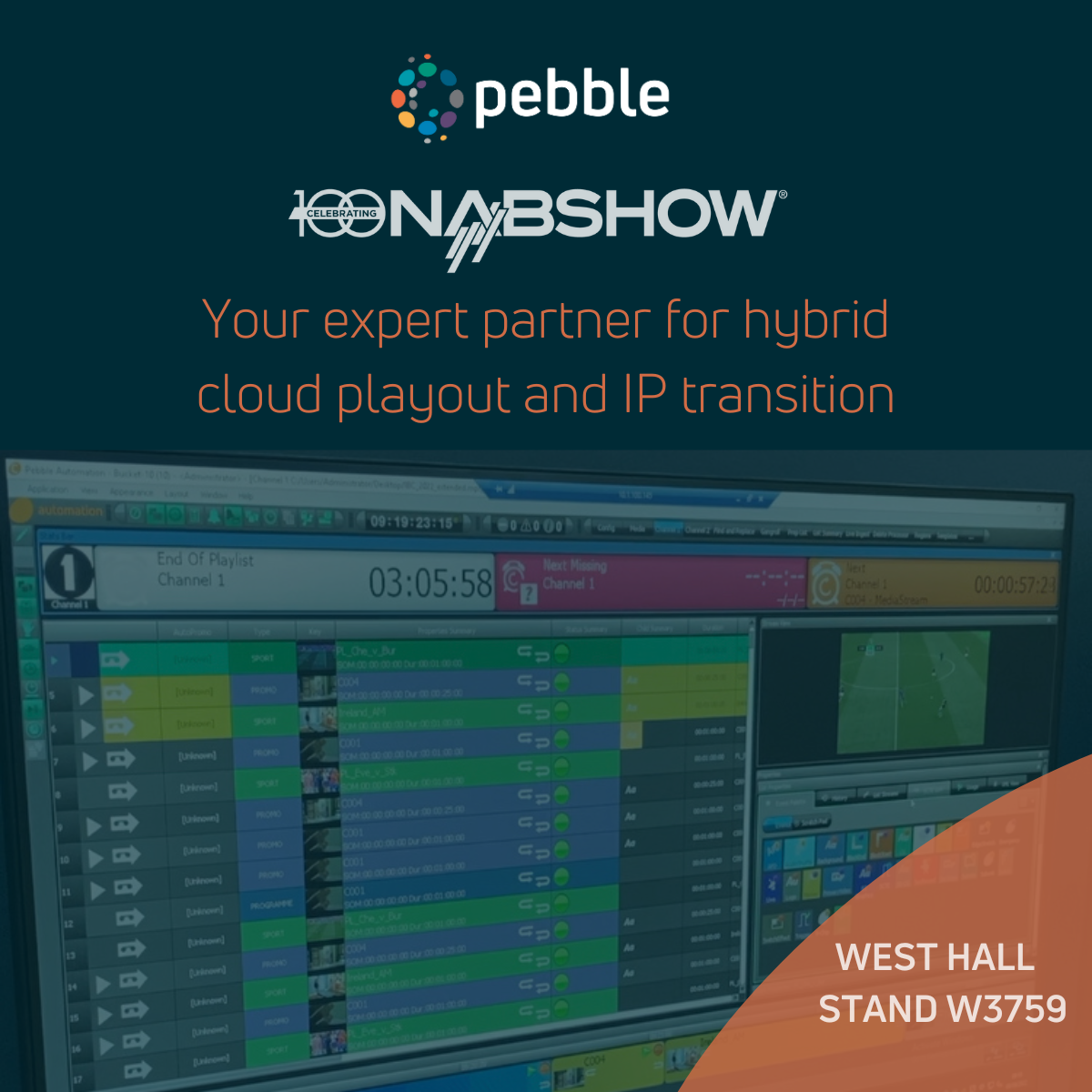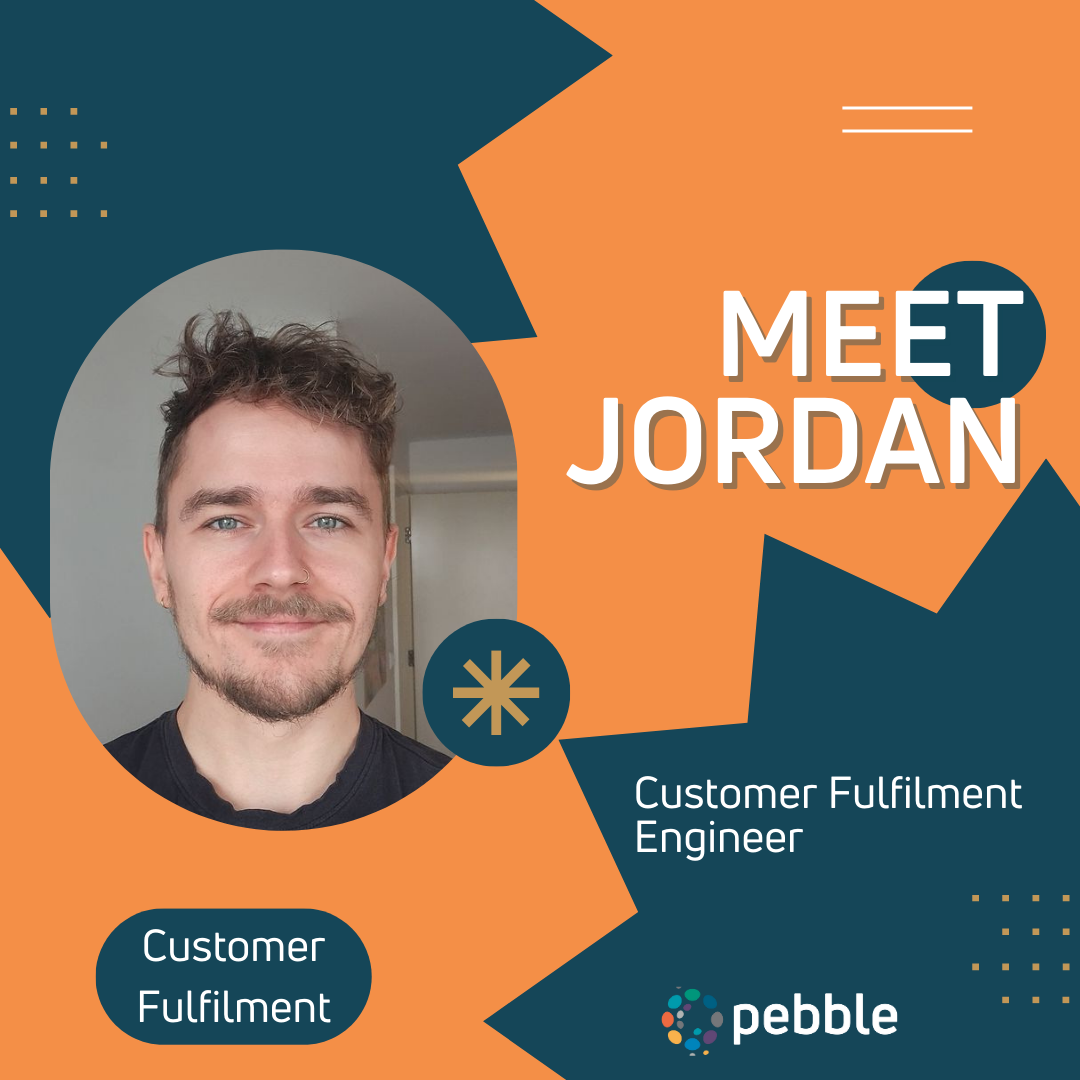Full page article for TV Technology written by Pebble CTO, Miroslav Jeras:
Maintaining a hybrid IP/SDI environment leaves options open for the future
Whether we are talking about the cloud, the shape of our new working lives, or the migration toward IP workflows, one of the main words you will hear around the industry now is “hybrid.”
It’s an important concept; while the future of broadcast is based on transitioning to native IP environments, that does not have to be a “big bang” solution. Rather it can be a steady migration, one where the industry moves through several transition stages to reach the goal at the end of the roadmap.
Gracefully Moving Forward
The destination is not in doubt. IP allows broadcasters to scale and adapt easily, quickly spin up new services to meet changing audience demands for content, and flexibly configure and manage devices and workflows. It is where we want to be. However, not everybody is in a position to move at the same speed to this SDI-free future, and so there are distinct benefits to allowing the current hybrid IP/SDI infrastructures that we are seeing taking shape in the industry to flourish.
Maintaining a hybrid IP/SDI environment leaves options open for the future and ensures that broadcasters do not have to commit to an infrastructure investment in what are, by any stretch of the imagination, turbulent times. Once plans coalesce then the move can be consolidated, but if current plans are set for the foreseeable future while longer-term steps are not yet in focus, then SDI co-existing with IP is still a practical solution.
In some respects and in some types of equipment, it is a case of “If it ain’t broke, don’t fix it.” SDI may remain the best choice, for now at least, for certain types of equipment and technologies, or for organizations of certain sizes and budget levels. The use of the SMPTE ST 2110 protocol (the set of SMPTE standards for sending digital media over an IP network) in a hybrid system means it is also easy to manipulate separate video, audio and ancillary data streams, providing IP-style benefits even with legacy setups.
There does, however, need to be a degree of forward-thinking at work here.
Existing SDI-based control systems should be upgradeable to control IP sections in an ideal world as well. If they lie outside this remit, then companies need to determine if that will be handled by an IP control system (for instance, Pebble Control), which would then interface with the legacy SDI system. This type of integrated control solution can bridge the gap between IP and SDI, with both SDI and IP inputs and outputs offered in a single solution to support hybrid infrastructures.
Many organizations are transitioning to IP-based systems using their existing SDI infrastructure, which can create isolated areas of IP. These organizations must consider how to integrate IP into their current infrastructure and bridge between these resulting islands in order to move forward and eventually convert everything to IP. Which brings us to another key concept in the ongoing transition; interoperability.
The Importance of Interoperability
Interoperability is one of the key enablers of a smooth transition to IP workflows. To achieve true IP workflows, interoperability is essential to unlocking the benefits of using off-the-shelf IP networking technology to route signals from any source to any number of destinations on a network.
Interoperability describes the ability of an application or device to interact meaningfully and exchange information with another separately developed application or device. There is a difference between open protocols, proprietary protocols and closed protocols. Some companies add their own protocols, which can increase the difficulty of device integration.
For interoperability where multiple vendors are involved, which is everywhere nowadays as the old model of monolithic single-vendor installations has disappeared in the rearview mirror, sticking to standards and best practices is crucial.
There are two key points to talk about when it comes to accelerating IP deployments: the previously mentioned SMPTE ST 2110 and the AMWA¹ Networked Media Open Specifications (NMOS) suite of protocols. Together, these two advancements further the way IP networks transport media including uncompressed video, PCM audio and ancillary data that are carried over separate routable streams, as well as device connection management on a network.
Essentially, these protocols help join those islands together, now and in the future. Many manufacturers, Pebble included, are working within the SMPTE and NMOS protocols to simplify establishing IP native workflows. Interoperability also requires working with legacy and current systems and in this case, compliance with industry protocols produces definite benefits. For example, the ability to emulate legacy index-based matrices or routers means any IO or container can be connected using an SDI router protocol.
All this makes the hybrid IP/SDI environment possible and provides seamless backwards and future compatibility, regardless of an organization’s scale and scope. It enables an organization to migrate towards the IP future at the speed that suits them rather than having it imposed on them via external factors.
Read the rest of the article HERE.





